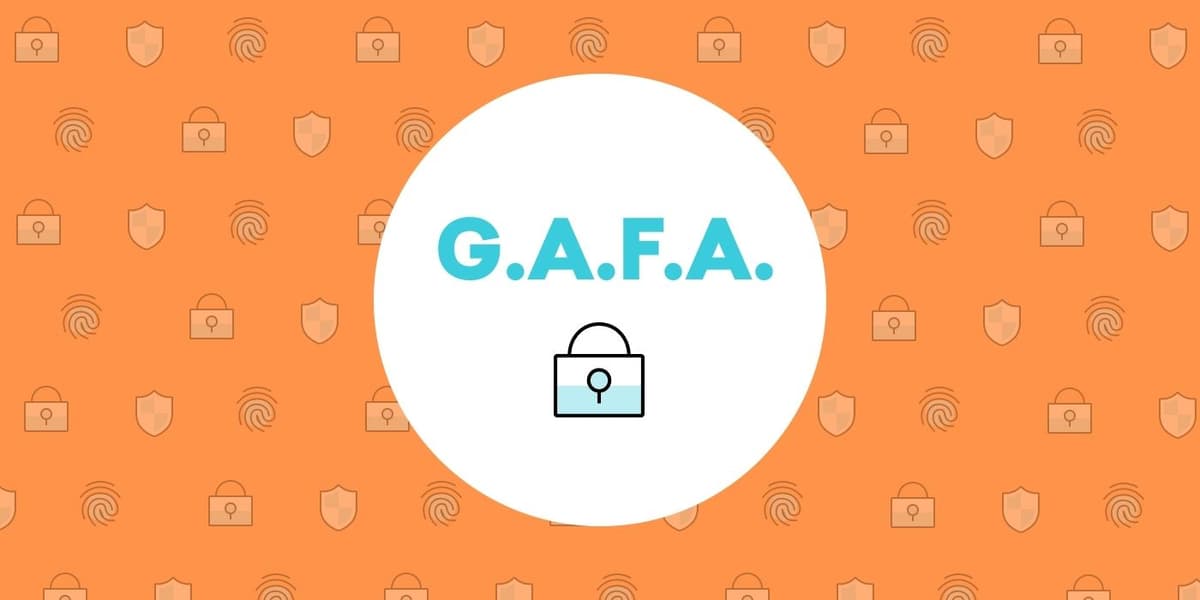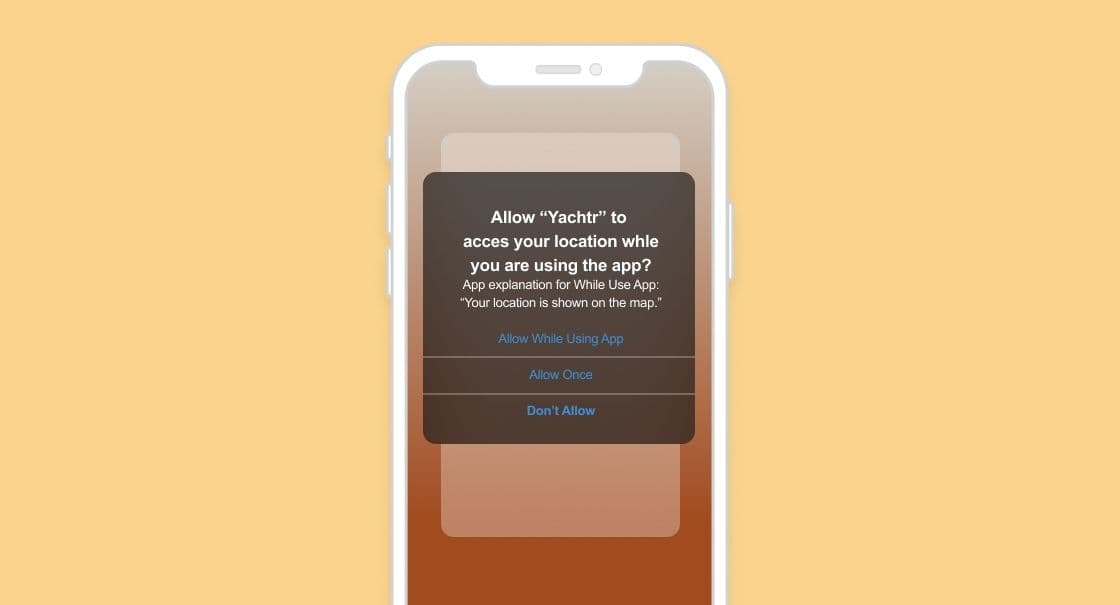Proactive Privacy: What You Need To Know About Apple and Google’s Fall Updates
Published on September 12, 2019/Last edited on September 12, 2019/9 min read


Kathryn Harmon
Product Marketing Manager, Analyst Relations, BrazeIt’s September. Kids are back in school, the air no longer feels like a hot, wet blanket, and Apple has kicked off its end of the year hardware rollouts. With all the excitement and buzz that comes with tech giant releases in the final stretch of 2019, it’s important to take a moment to pause, reflect, and predict what lies ahead for the technology landscape.
While we rolled out an article earlier this summer covering a variety of software updates for iOS 13 and Android 10 (which you may remember as Android Q), we’re taking a deeper dive into what’s changing and what it means for marketers.
The World Today: Data and Its Discontents
We’re living in a cultural moment focused on data and privacy. The Great Hack, this summer’s hit Netflix documentary, explored the events leading up to the Cambridge Analytica/Facebook data privacy scandal that captured headlines across the globe...and highlighted how personal data has become the most valuable resource on planet earth. As consumers enjoyed this seemingly limitless ability to browse the internet, what we didn’t realize was the true price we were paying for this access.
With the ever-growing wealth of data points generated by mobile devices, we’re seeing a renewed focus on protections against data misuse and abuse from government bodies—think GDPR (General Data Protection Regulation) and upcoming CCPA (California Consumer Privacy Act)—and industry alike. In particular, tech giants like Apple and Google are starting to take the lead when it comes to putting power back in the hands of the consumer.
GAFA Updates: Where You Need to Focus Now
Throughout 2019, GAFA–Google, Apple, Facebook, and Amazon–seemed to be in a constant reactive state responding to data concerns. Rising fears of smart assistants and human counterparts listening in on conversations have prompted Apple to turn off Siri audio clip reviewing and Amazon to add opt-outs for Alexa recording reviews. In addition, the perceived “creepiness” of targeted ads has resulted in Facebook’s new off-Facebook sorting, and Google has adjusted the way they handle cookies.
In order to play a more responsible role in shaping the way that data is collected, used, and protected by brands around the world, we’re seeing these leaders in the tech space take proactive measures to put users first—both when it comes to privacy and in the user experience as a whole.
Sign In with Apple
First announced at this year’s Apple Worldwide Developers Conference (WWDC), Sign In with Apple offers consumers with a new, more secure way to log into apps. And you should expect a lot of consumers to start taking advantage of this option: Brands who already offer a third-party sign-in option––whether that be a Sign in with Google, Facebook, or any other site––will now be required to offer the Apple option as well.
This new single sign-on option gives consumers the option to either share their personal email address with a given app they’re engaging with...or a random, Apple-generated email address that will create a key privacy barrier. The benefit of using the random email here is that consumers will gain greater control over whether emails sent to that address are forwarded on to them, making it easier for them to turn email flows from brands on and off...and ensuring that if a brand’s database should suffer a security breach or data leak, the random email generated by Apple will be unlinkable to the consumers’ personal email.
So, what does this mean for brands? While it’s too early to gauge what adoption rates will be like for this feature, in order to safeguard against the potential harm of losing this essential communication channel, marketers should continue to leverage segmentation, personalization, and real-time data to better inform your outreach and provide real value to your customers with each email. Interested in digging deeper into Sign In with Apple and the impact that it’s going to have on marketers? Check out our exclusive overview.
Location Tracking Permissions Changes
Like data in general, location marketing has been a hot topic in recent years. We’ve seen some brands showcase the value of location-sharing to their customers by creating innovative, engagement campaigns. On the other hand, we’ve also seen other brands fall seriously short, leaving their customers feeling confused or creeped out. When it comes to location, brands should consider what “location-based insights that are most important to the business and the customers.”
That mindset is reflected in some notable changes coming to both Android and iOS.
With Android 10, we’re seeing Google reach parity with the 2017 version of Apple’s iOS in this area. How? By giving users three levels of location-tracking options: “Allow all the Time”, “Allow Only While Using the App”, or “Deny”. This change allows users to decide whether a given app should be able to access their location at all times, or only when the app is actually open on your phone (think a ridesharing app that needs to know where you are to send a car there), or never.

Apple, though, is taking things further with iOS 13 by giving users the ability to temporarily enable location access for discrete situations. Now, instead of choosing between granting “Always On” or “Only While Using the App” location permissions, individuals can turn on location tracking for a single app session, letting them take advantage of location-related capabilities without having to provide always-on permissions.
And so, what does this mean for brands? Brands that want to use geofencing and other location-based marketing features will have to get serious about showing the importance of opting-in when priming for the always-on location permissions. (Otherwise, they may find they can’t use these tools at all.) For more information on the ins-and-outs of this key shift and its implications for location-based marketing, check out our explainer.
UX Enhancements
In the on-demand world we live in, consumers expect things to happen fast. With just a few, quick screen taps, we can order take-out from our favorite restaurants, get a ride to the airport, or get same-day delivery on a new pair of shoes.
As consumers look to move effortlessly across devices and experiences, the new performance upgrades that Apple announced this year will help sharpen consumers’ experience on the iPhone. Smaller app downloads, quicker app updates, and quicker FaceID unlocks are all meant to enhance the performance, and ultimately, experience for consumers. Marketers looking to fuel customer journeys that are on pace with these ever-speedier devices should consider experimenting with webhooks, deep links, and APIs to create the kinds of seamless digital experiences that consumers have come to expect.
Another way that both Apple and Google are giving users an enhanced experience is through the addition of Dark Mode and Dark Theme. Modern tech has disrupted everything—the way we market to consumers, the way we work, and even our physical well being. Issues like text neck and digital eye strain have been on the rise due in large part to increased screen-time. In order to make digital screen experiences more comfortable for users, both Apple and Google offer darker themes, which offer an “eye-friendly alternative to the traditional blindingly bright user interfaces sported by most apps, sites, and platforms”.
When a device is set to the Dark Mode or Theme, apps should follow suit. While Apple and Google will switch default push notification colors and assets to their darker counterparts, customer-obsessed marketers will want to ensure they’re adapting to the customers’ preferences with their in-app messaging as well. Stay tuned for upcoming releases from Braze which allow customers to craft beautiful in-app messages to support both dark & light themes.
GAFA Updates: Watch This Space
While there are some Apple and Google announcements that brands need to be ready to move on now, we’re also seeing some areas where the smart move is to watch, wait, and consider.
New Rules for Kid-Focused Apps
While details are still developing, Apple is planning to roll out a new set of rules regarding kids apps and what type of user data and information can be collected from and integrated into these apps. The recent investigation into YouTube’s potential violations against COPPA (the Children’s Online Privacy Protection Act) have launched a renewed sense of urgency when it comes to keeping kids safe online. Before making any moves, brands should watch out to see what adjustments Apple ends up making to their guidelines and how the public reacts.
Apple Launches New Credit CardThough it had its official launch this August, we’re also keeping our eye on the Apple Card and how adoption might accelerate the banking industry’s technological transformation. As payment experiences become faster with the likes of Apple Pay and Google Pay and finances become easier to manage with mobile apps, traditional banks will have to catch up with the speed of digital disruption in order to stay relevant.
Final Thoughts
While these GAFA updates are always impactful to marketing, growth, and engagement teams, this year’s changes are particularly important. With CCPA coming into effect on January 1, 2020, the end of 2019 is go time for brands to think more seriously about data privacy and security...and take effective action. Addressing Apple and Google privacy-related updates and ensuring that you rethink and evolve your customer engagement strategy in the face of a changing privacy landscape is one of the best gifts you can give yourself. (Well, that, and perhaps a quick slofie.) Make sure you’re ready to meet that challenge with our look at data privacy and where it’s going during in 2019.
Related Tags
Be Absolutely Engaging.™
Sign up for regular updates from Braze.
Related Content
View the Blog
The new inbox reality: How iOS changes are reshaping email marketing

Aparna Prasad

Experience optimization: Turning data insights into better journeys

Team Braze

December 2025 Bonfire Marketer of the Month: Jagex’s Emma Oliver
